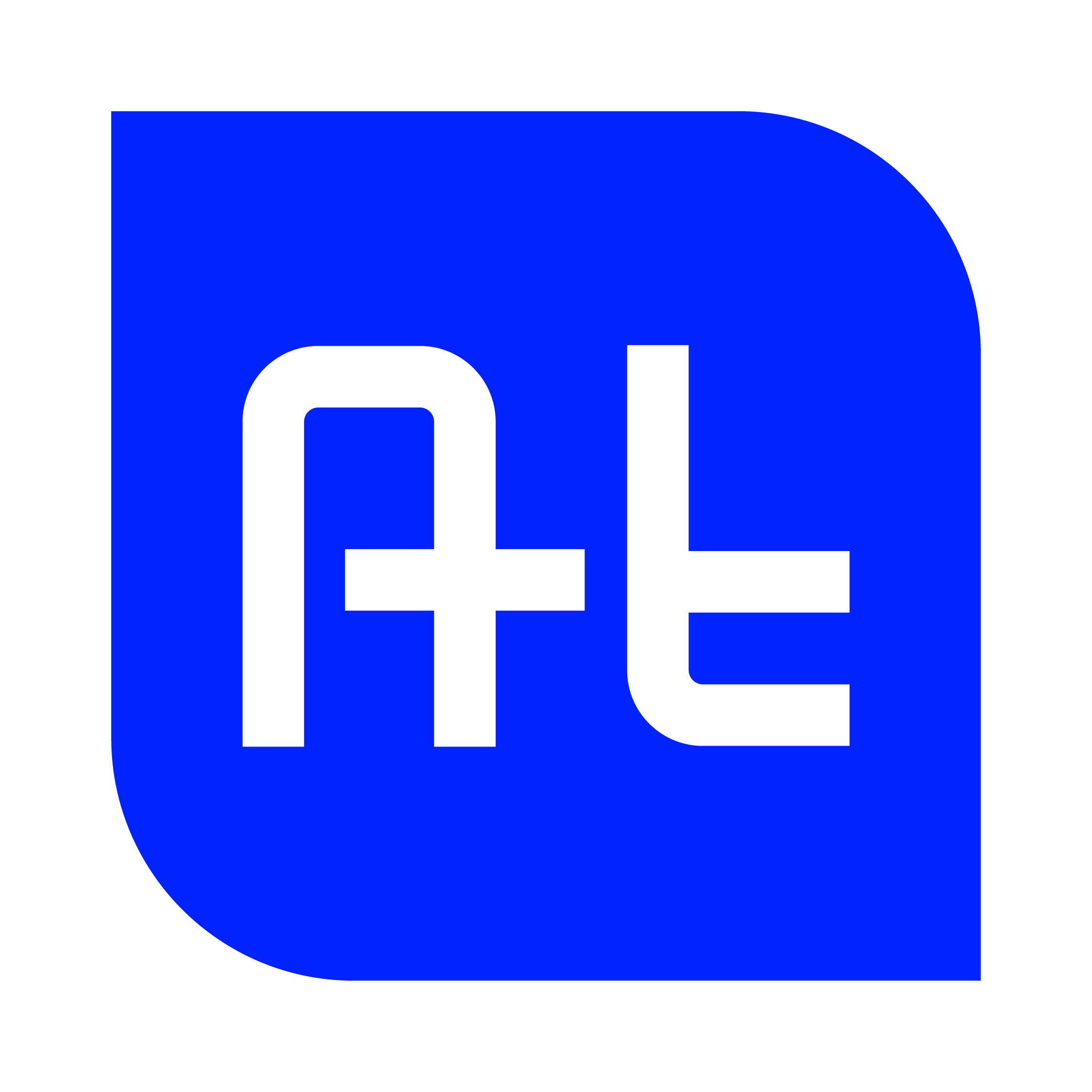For over two decades, Microsoft has played a key role in healthcare documentation, powering the speech recognition tools that help clinicians record patient notes.
Five years ago, they introduced ambient AI to streamline this process further.
Now, they’re taking things up a notch with Dragon Copilot, a fusion of their existing voice tech with fine-tuned generative AI, healthcare-specific safeguards, and enhanced automation.
But will it truly revolutionize clinical workflows, or is it just another AI experiment that sounds good on paper?
Let’s find out!
What is Microsoft’s Dragon Copilot?
Launched at HIMSS25, Dragon Copilot is a progression of Microsoft’s existing voice technology, created to improve clinician workflow. It’s an AI-powered assistant that simplifies documentation, retrieves key patient information, and automates tedious tasks.
Microsoft claims that its previous voice technologies have already led to significant improvements in efficiency, saving clinicians an average of five minutes per patient visit. That translates to thirteen additional appointments per month per provider.
Clinicians have reported a 70% improvement in work-life balance and less burnout. Plus, patients have had better conversations with their doctors, with 93% saying the technology helped doctors spend better time with them.
Building on that foundation, Dragon Copilot integrates seamlessly with electronic health records (EHRs) like Epic, offering a single AI-driven workspace within the Microsoft Cloud for Healthcare.
Its main goal: Reduce administrative burdens, boost efficiency, and let clinicians spend more time focusing on patient care instead of paperwork.
Microsoft’s Dragon Copilot: Key features
Smarter, faster documentation
No more endless typing. Dragon Copilot enables clinicians to dictate notes in multiple languages with ambient listening and automated transcription. They can customise the notes with different styles, formatting, and templates—all within a single interface.
Even when offline, the system captures recordings and processes them later. It also supports natural language dictation and speech memos.
Most impressively, it can convert entire patient conversations into structured, speciality-specific notes, freeing up clinicians to focus on patient interaction.
Quick access to critical information
Dragon Copilot comes with an embedded AI assistant that surfaces relevant details with a simple query. It allows clinicians to tap into trusted medical databases and access drug interaction warnings, clinical guidelines, and protocol suggestions—all with proper citations.
Plus, it offers real-time prompts to ensure documentation completeness, reminding clinicians to capture essential details like vitals. Furthermore, data can be analyzed via Microsoft Fabric for broader insights, improving research and patient care.
AI-driven task automation
Dragon Copilot automates key tasks, saving clinicians time and increasing efficiency.
With one click, clinicians can automate order entry into EHR, generate visit summaries, draft referral letters, and even create patient-friendly after-visit reports. The AI extracts key details from clinical conversations, lab results, and imaging, streamlining documentation while reducing the risk of errors.
How is the Dragon Copilot different from other copilots?
Dragon Copilot sets itself apart from Nuance and Augnito by doing more than just voice recognition. While Nuance is known for its strong voice dictation in medicine, and Augnito focuses on quick speech-to-text, Dragon Copilot adds more AI features.
It not only listens and types, but also automatically finishes tasks, finds needed information, and works smoothly with hospital records systems like Epic, all within Microsoft’s secure healthcare cloud.
This makes Dragon Copilot a comprehensive digital assistant rather than just a transcription tool, setting it apart from competitors.
Early user reviews: A mixed bag
Feedback from beta testers indicates that while Dragon Copilot shows promise, it’s still evolving.
Dragon Copilot beta testers experienced mixed results. While the tool accurately recognized medications, it struggled with generating concise and organized medical notes, often producing excessively lengthy outputs that required significant editing.
The copilot’s inability to handle non-linear conversational flow led to disorganized notes, and it failed to prioritize information, including irrelevant patient details.
Users found the tool most valuable as a recording and transcription aid for memory recall, rather than a significant time-saver or a fully autonomous AI assistant.
For now, they are comparing it to Nuance Dragon Speech Recognition on the basis of:
- Likelihood to recommend: How likely users are to suggest it to others.
- Usability: How easy and intuitive it is to use.
- Support: The quality of customer service and assistance provided.
What’s next for Dragon Copilot?
Microsoft plans to launch Dragon Copilot in the U.S. and Canada in May 2025, with expansions to the UK, Germany, France, and the Netherlands soon after.
Microsoft also intends to offer this new Dragon experience in other important countries where Dragon Medical is currently used.
The company is committed to creating AI that people can trust, making sure it’s secure, safe, and respects privacy.
They are using the Microsoft Secure Future Initiative to follow the highest standards for security, privacy, and meeting regulations. The AI is designed to follow Microsoft’s rules for responsible AI and includes special safety features for healthcare, like those for patient conversations and meeting compliance.
Also, patient data is handled with strict privacy rules, supported by clear policies, and protected by strong security measures.
Final thoughts: Will it live upto the hype?
Microsoft is making big promises with Dragon Copilot, but whether it truly transforms clinical workflows is something we’ll have to use as users adopt it.
While it has the potential to reduce administrative burdens and enhance patient interactions, early feedback suggests there’s still work to be done.
Will it be the AI breakthrough healthcare needs, or just another tech solution that overpromises and underdelivers? Only time can tell.
-By Rohini Kundu and the AHT Team









